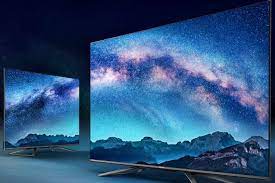What Is ULED and How Does It Work?

If you’re in the market for a new TV, you may have come across the term “ULED” in your research. But what exactly is ULED, and how does it work?
What is ULED?
ULED stands for “Ultra LED,” and it is a proprietary technology developed by the Chinese electronics company Hisense. ULED TVs are designed to offer superior picture quality and performance compared to standard LED TVs.
How does ULED work?
ULED technology uses a combination of hardware and software features to enhance the picture quality of a TV. Here are some of the key features of ULED:
Local dimming
One of the most important features of ULED is local dimming. This technology allows the TV to adjust the brightness of individual areas of the screen, creating deeper blacks and brighter whites. This can result in a more dynamic and lifelike picture.
Wide color gamut
ULED TVs also feature a wide color gamut, meaning they can display a wider range of colors than standard LED TVs. This can result in more vivid and accurate colors.
HDR
Many ULED TVs also support HDR (High Dynamic Range), which is a technology that allows for even greater contrast and color range. HDR content can look especially stunning on a ULED TV.
Motion handling
Finally, ULED TVs often have superior motion handling compared to standard LED TVs. This means they can display fast-moving content like sports or action movies more smoothly and with less motion blur.
Is ULED worth it?
Overall, ULED technology can offer significant benefits when it comes to picture quality and performance. However, it’s important to note that not all ULED TVs are created equal, and some may offer better performance than others. If you’re considering a ULED TV, be sure to do your research and read reviews to find the best option for your needs and budget.




